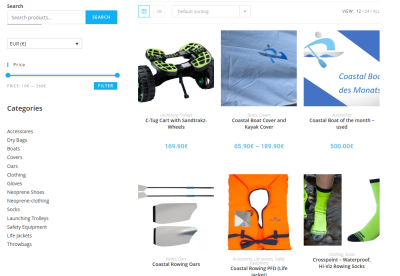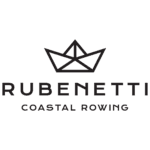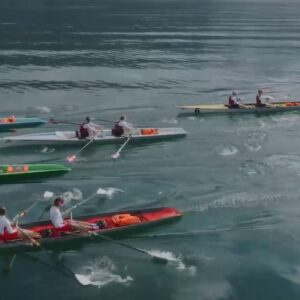What do we know about the history of Coastal Rowing? First of all, it is all about definition. Are we talking about sea rowing, coastal rowing or open water rowing? There are many different definitions and many different ways of performing rowing at the sea or coast. We would like to focus on sea- and coastal rowing and do not mind if it includes fixed or sliding seat boats.
Coastal Rowing in Modern Times
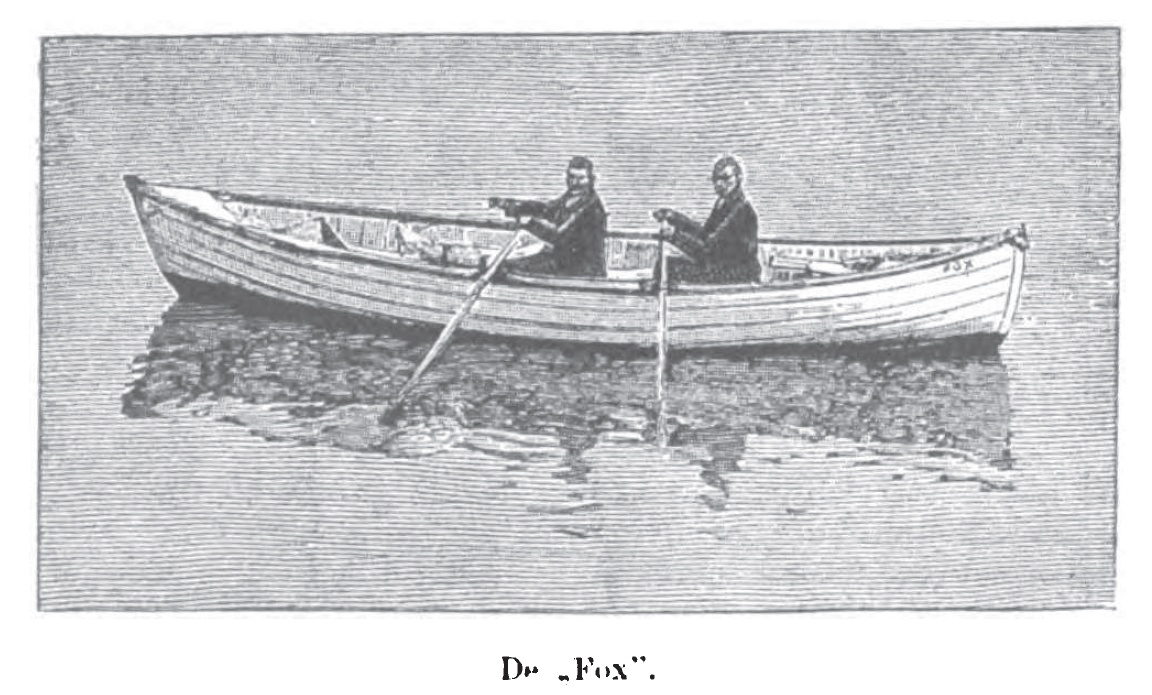
The History of Coastal Rowing in England
Sea rowing is, compared to river rowing, a very different sport and although the first organised races are not recorded until the 1820s, it is probably much older than river racing. There are numerous early accounts of sailors challenging other crews to race in the ships’ boats, with the captains putting up prizes such as extra rum rations.
Coastal Rowing and Smugglers
In particular, along the Southern British Coast, speed was essential to a boatman’s living. In English towns like Dover, Deal and Hastings, boatmen made most of their money from salvaging and smuggling. Read more at the Dover Rowing Club website.
First come first serve: In the days before lifeboats, local boatmen would race each other to shipwrecks as the first boat to arrive could claim salvage rights. Deal and Dover smugglers regularly rowed their boats over to France to pick up contraband, claiming with pride that their 8-oared service galley could cross in five hours and the 20-oared ‘centipede’ galley in 3. One customs officer described trying to catch a smugglers’ galley in his customs cutter as “like a cow chasing a hare”.
Times changed soon after. With the end of the Napoleonic Wars, a violent anti-smuggling campaign, the invention of steamships, the lucrative “trade” disappeared and many boatmen lost most of their livelihood.
Coastal Regattas
From the 1820s towns along the Southern Coast of England began to organise regattas to provide an income for the destitute boatmen through prize money. The idea of the regatta quickly spread, not only because of the financial incentives but also because they attracted thousands of spectators. In many towns in the 1820s, concerned local philanthropists began organizing regattas to draw crowds to declining towns and provide cash prizes for destitute boatmen. There were also races for ‘amateurs’, usually local middle-class gentlemen who rowed for small prizes such as silver cups or tea services.
By the 1870s the ‘amateur’ clubs had become very serious about the sport, rowing special ultra-fast regatta-built galleys and training all year. The amateur races, particularly the fours, pairs and sculls became the prestige races and clubs began to regularly send teams to other regattas up and down the coast. By the 1880s there were 20 regatta venues between the Isle of Wight and Herne Bay.
The Regatta South Coast Championship became a very popular event and decided in 1893 to form a professional association to set rules and regulations and to oversee the regattas – The Coast Amateur Rowing Association (CARA).
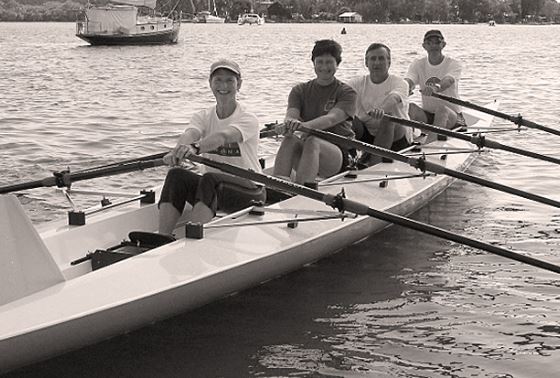
Modern Coastal Rowing by FISA
Modern Coastal Rowing – rowing with a sliding seat – in singles, doubles and Quads, originated probably in France at the end of the 1980s from an idea of the ocean navigator Gerard D’Aboville. Together with a technical committee, which included the Monegasque Jannot Antognelli and the Marseillais Denis Masseglia, boats and rules were developed. They are members of the International Rowing Federation (FISA ) since 1992. Some Americans say modern coastal rowing got its start in the 1970s, with the development of the Alden Ocean Shell. Initially intended to be the most stable and efficient hull design for recreational rowing.
In fact, the original idea was to replace the wooden yole, that is the narrow rowing boats typical of rowing, with boats capable of withstanding a sea stirred by waves and wind. Thus, the Yole de Mer was born, with one, two and four rowers and a cox. It began to appear on the Southern Coast of France and soon after on the Atlantic Coast and in the French overseas colonies.
Italy discovered coastal rowing in 1996 thanks to the CIPS – “Association of Imperia and to Sanremo’s Piercarlo Roggero” – who rowed along the entire Atlantic coast. However, it is Sanremo’s athlete Renato Alberti who encouraged and promoted the participation of Italian crews in regattas on the French Riviera.
Australia
According to Coastal Rowing Australia, the concept of Coastal Rowing in Australia began when, two friends, Warwick Marler and Creagh Mecham, discussed the new FISA class of coastal rowing boats, which Warwick had rowed in the Bay of Biscay, while on tour in France in 2004. The boats had been designed in 1986 to provide a high level of safety in coastal waters and to develop an international ocean racing competition.


